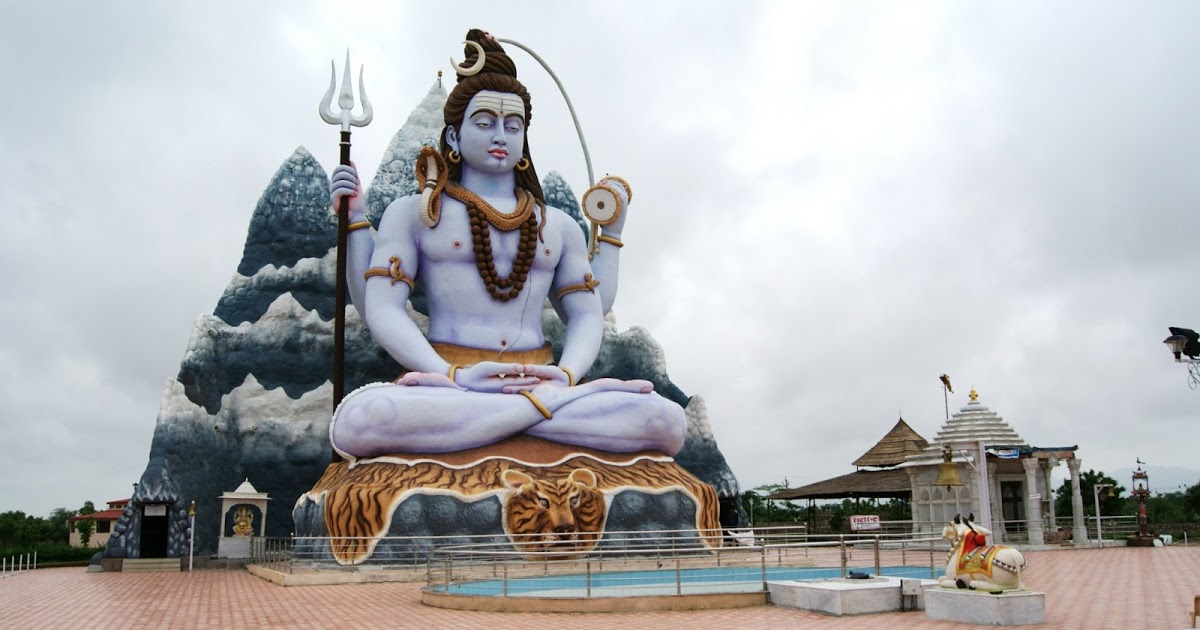
Lord Shiva Most Famous Temple to Visit this Shivratri in India
God made the five main gods—Brahma, Vishnu, Mahesh, Prajapati, and Minakshi—from which he constructed the universe. Along with the attributes of deity, each god has unique qualities. Lord Shiva is regarded as the greatest of them all. Shiva is typically portrayed as a mellow god who enjoys meditation and animals. When he assumes the form of Natraj or Bhairav, he is described as a violent deity.
In all of India, the deity is worshiped as a Shivling, a symbol. In the subcontinent, there are so many temples and pilgrimages dedicated to him. Shiva is revered throughout the world as the slayer of evil and protector of the defenseless, from Kashmir and Kanyakumari to Saurashtra and Assam.
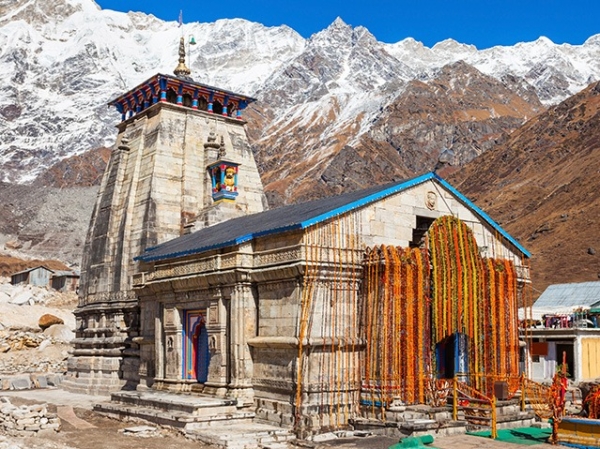
Kedarnath Temple in Uttarakhand
Kedarnath is an old Shiva temple that may be seen in the lush Garhwal Himalayas. The temple is significant because it is a stop on Uttarakhand's Chota Char Dham Yatra, which attracts a lot of pilgrims. Before going to Amarnath cave, it is also thought that Lord Shiva and goddess Parvati used to dwell here. The Pandavas brothers built the foundation. Adi Shankaracharya, an advocate of Advaita Vedanta, later brought it back to life. A triangular rock is used to honor the ruling deity. The Kedar domed range of Mountains creates a lovely backdrop for the temple, which is situated on the shores of the revered Mandakini River.
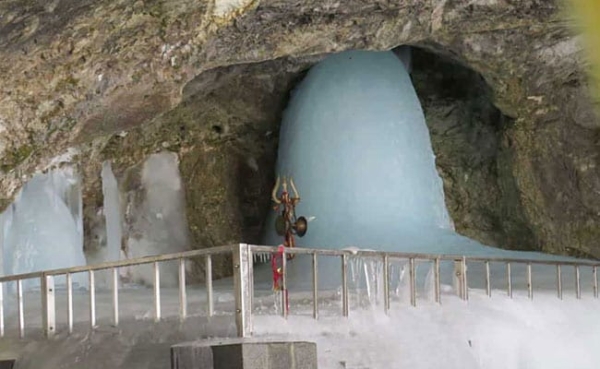
Shri Amarnath Cave Temple in Jammu and Kashmir
Amarnath's cave temple is exceptional in every way. This cave shrine, which is the center of the Amarnath Yatra, is situated in the remote region of Jammu and Kashmir. Numerous devotees make the exhausting and difficult trek every year to offer their prayers to Lord Shiva. This journey is evidence of the pilgrims' unwavering dedication. Every devotee is put to the test on this difficult, high-altitude trek, which also pushes their physical and emotional limits. An essential component of Hinduism is represented by the shrine. This is due to the fact that the Lord had given his spouse, the Goddess Parvati, the key to immortality here.
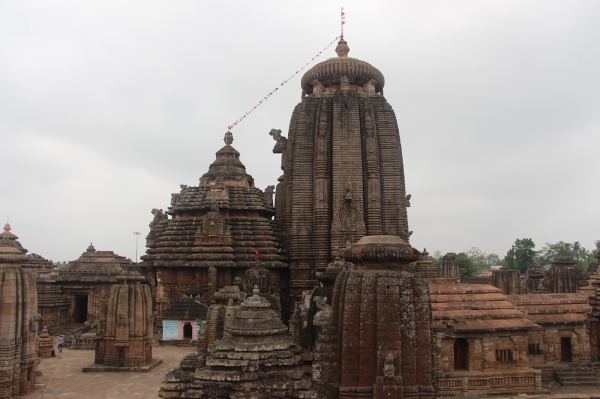
Lingaraj Temple in Odisha
The Lingaraja Temple, which honors the Harihara avatar of Lord Shiva, is renowned for its stunning Kalinga Style construction. Everyone should visit this temple. The Somavamsi Dynasty's monarchs built a huge and very well-done temple complex. It is also a must-see location in Bhubaneshwar. The temple is named after Lord Shiva's lingam shape. The temple was partially constructed in the sixth century, and it was later finished and took on its current appearance in the final decade of the eleventh century. Every Shiva enthusiast must visit the temple, which is made of laterite and sandstone and has the traditional red color.

Shore Temple in Tamil Nadu
The seaside temple of Mahabalipuram, which overlooks the Bay of Bengal, was constructed between 700 and 728 AD. The temple's unrivaled architectural beauty has endured the test of time. It is a component of one of the Mahabalipuram monument groups and is a part of the UNESCO World Heritage Site. The seaside temple served as a marker for the Mahabalipuram seaport to the commercial ships in antiquity. While one little temple in the compound is devoted to Lord Vishnu, the two main temples in this complex are both dedicated to Lord Shiva.
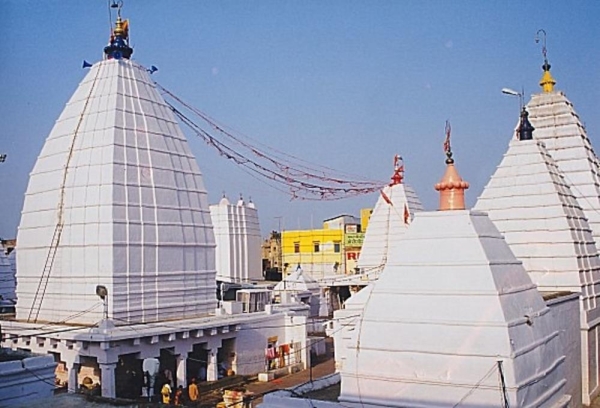
Baba Baidyanath Temple in Jharkhand
The temple is devoted to the Lord of healing and is situated in Deoghar, as its name suggests. Its origins are in the Hindu words "Vaidya" and "Nath. The magnificent white temple, despite its austere appearance, is one of the 12 Jyotirlinga. Hindu mythology holds that the demonic king Ravana used to conduct his meditative and puja practices at the location of the present temple in order to appease Lord Shiva and win his favor. During the yearly Kanwar yatra, when the followers, or Kanwarias, present Gangaajal to Lord Shiva here, this temple also comes to life.

Trimbakeshwar Temple in Maharashtra
One of the 12 Jyotirlinga temples and one of the temples devoted to Lord Shiva. It is situated at the holy Godavari River's source, and Peshwa Balaji Bajirao is credited with constructing the existing temple. Three lingas honoring Brahma, Vishnu, and Mahesh are housed in the shrine. These three lingas are embellished with a variety of pricey metals, including gold, and priceless diamonds. The temple, which is 28 kilometers from Nashik, was constructed using the traditional Hemadpanthi architectural style. Its enticing architectural and stunning sculptures, which are entirely made of black stone, lend charm to the Brahmagiri foothills.

Mahakaleshwar Temple in Madhya Pradesh
Hindu Shiva temple Mahakaleshwar Temple is regarded as one of the most revered Shiva adobes in the entire globe. The shrine is located on the shores of the revered river Shipra in the historic city of Ujjain. The reigning god is revered as a Swayambhu, indicating that it has self-formed. This Shiva temple is included in the tour of the 12 Jyotirlingas as a result. Another very significant and potent Shakti Peeth is Mahakaleshwar. For both Shiva worshippers and tourists visiting Ujjain, this is a must-see location.
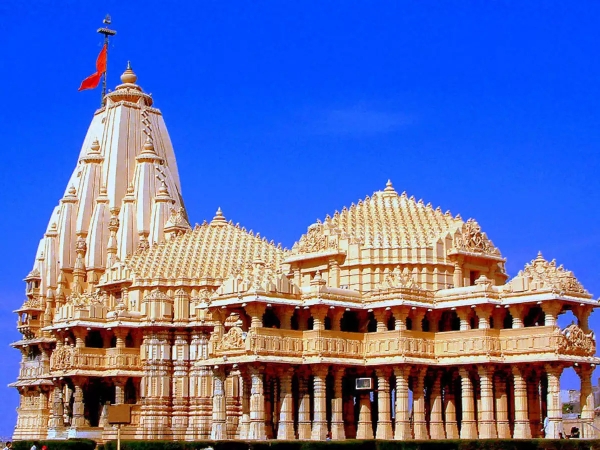
Somnath Temple in Gujarat
Gujarat is renowned for its delectable cuisine, kind people, extensive history, and famous temples. One of the most revered locations for Shiva devotion must be the Somnath Mahadev Temple. This Jyotirlinga is a sacred Hindu pilgrimage destination, and it is located in Prabhas Patan. It is breathtaking to watch the waves from the Arabian Sea crash against the walls of the temple. Somnath was built in the manner of a conventional Hindu temple, and its history is active. Over 15 times have it been built, destroyed, and rebuilt. In the first millennium until the ninth century, the temple's foundation was set. In addition to the temple, the complex has an exhibition and a nightly light and sound performance.
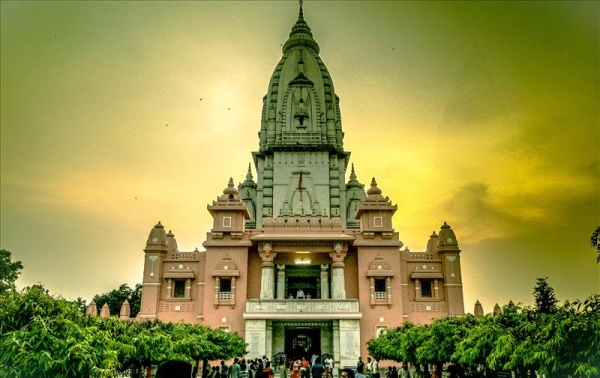
Kashi Vishwanath Temple in Uttar Pradesh
Kashi Vishwanath Mandir, an outstanding old Shiva temple, needs special note. The temple is found in Devbhoomi Varanasi and is situated on the western coast of the revered Ganges River. The worship of Shiva and pilgrimage are not complete without the temple. The name Vishwanath Ji, which means "the lord of the universe," is used to venerate the lord. The Mughal monarchs had a lengthy history of destroying the temple. The present edifice, however, was always intended for the temple and was completed in 1780 by Indore's Ahilyabai Holkar. The temple's distinctive feature, in addition to its extensive historical significance, is its 16-meter-high gold tower and a pure gold roof that Maharaja Ranjit Singh contributed. Additionally, respected saints like Adi Shankaracharya, Ramakrishna Paramahamsa, Swami Vivekananda, and many others have visited the temple in their honor.
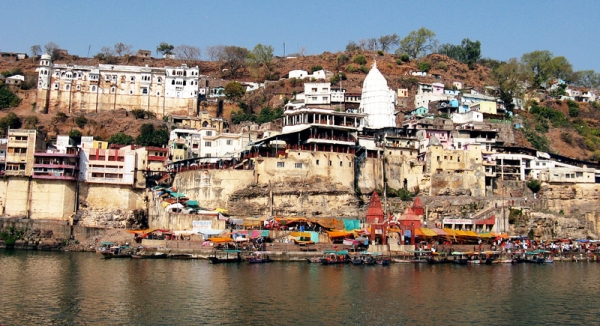
Omkareshwar Temple in Madhya Pradesh
One of the 12 most respected Jyotirlinga in India, this temple in Khandwa, Madhya Pradesh, is dedicated to the Hindu deity Shiva. As implied by the name, the temple is devoted to Shiva in his Omkar form, which is also known as the Lord of the Om Sound. The temple is located on the holy island of Mandhata, which is said to be shaped like the word "Om." Here, the puja ceremonies are really lavish. Three distinct priests offer the deity three daily acts of adoration. The three-headed lingam that serves as the lord's ruling idol has its own mythological significance. Legend has it that after being pleased with Vindya's worship, Lord Shiva appeared in front of him. Vindya is the deity in charge of the Vindhyachal mountain range.

Mallikarjuna Swamy Temple in Andhra Pradesh
This temple, which is yet another stop on the holy Jyotirlinga pilgrimage and is situated in the devotional town of Srisailam, is a magnificent piece of architecture. The temple is unique because it was constructed using a historic South Indian style of construction and was covered in a glittering pure gold roof. In this image, Shiva is adored as Arjuna while Parvati is revered as Mallika. It is stated that all it takes for a devotee to achieve moksha at this temple is to see the Lord. There are advantages to living next to a river. Its water is used to bathe Lord Shiva's presiding lingam each day.
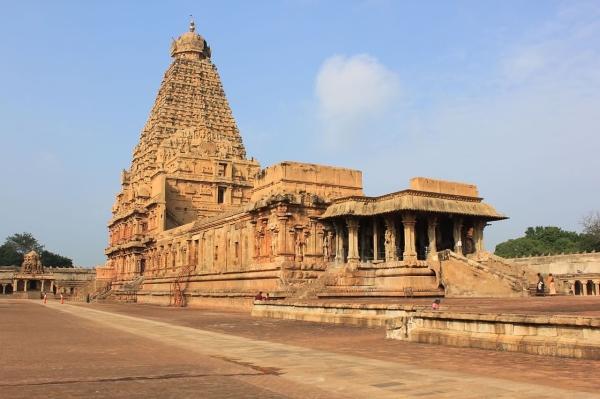
Temple of Brihadeshwara in Tamil Nadu
One of the biggest Hindu temples around the world, Brihadeshwara Temple is situated on the right bank of the renowned Kaveri River. It was built using Tamil architecture, which is a prime example of excellent design. The Lord Shiva-dedicated temple was created by Rajaraja 1, a Chola emperor. As one of the great Chola temples, it is a component of the UNESCO world heritage site. The significance of the "great lord huge Shiva" temple is analyzed by the name Brihadeshwara. The massive temple is made completely of granite, and the south gate is marked by a colossal 200-foot-tall Vimana. One night during his visit to Sri Lanka, the Chola king had a dream that gave him the idea to have this temple built.

Tungnath Mahadev Temple in Uttarakhand
The highest Shiva Temple is commonly known as Tungnath Mahadev around the world. The temple, which is situated in the high Garhwal Himalayas, is very significant. The name Tungnath means "Lord of the Peaks" in English. The temple resembles Kedarnath in an uncanny way because it is surrounded by tranquil mountain scenery. While on their quest to find Lord Shiva, the Pandava brothers lay the cornerstone for this temple. After a couple of kilometers of rather straightforward hiking, you will arrive at the temple. Chandrashila summit is accessible by continuing to walk just 1 kilometer past the temple. The breathtaking views of the neighboring snow-covered mountain ranges from the summit will heighten the spiritual ambiance.
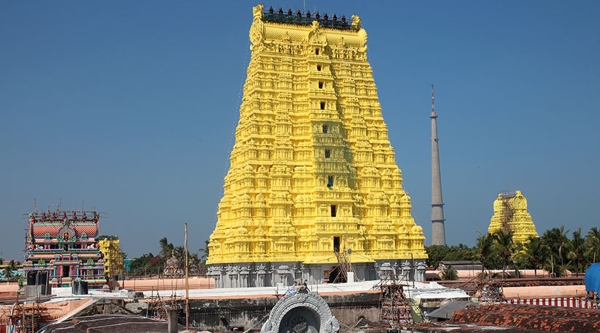
Ramanathaswamy Temple in Tamil Nadu
Ramanathaswamy Temple, a magnificent Shiva Temple, is located on Rameshwaram Island, which has a profound spiritual presence. Along with the holy temples of Badrinath, Dwarkadheesh, and Jagannath, it is a component of the Char Dham Yatra. In terms of its significance, the temple is very holy. Lord Ram himself laid the groundwork for the temple and the Shivling. He built this temple so that people might worship Shiva before going to war with Ravana in Sri Lanka. In every way, the temple is exquisite. From the opulent exteriors to the really astounding inner architecture. The beautiful carvings and vibrant paint used to decorate each pillar and wall add to the environment's unrivaled beauty.
Also Read: Things to do when visiting Somnath Temple







